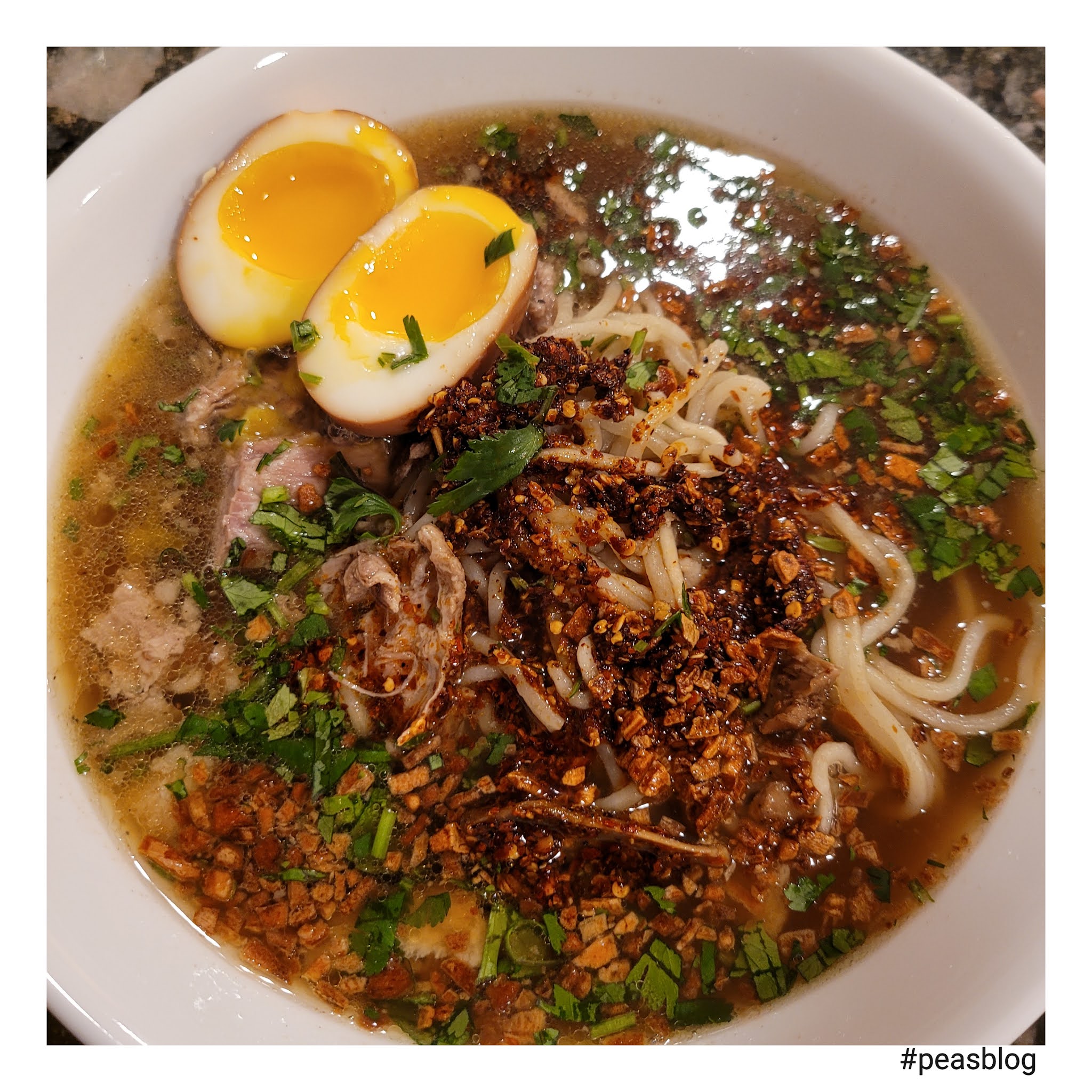Ramen noodles are a beloved staple for many, offering convenience, flavor, and comfort in a bowl. However, lurking behind this popular dish is a lesser-known danger: ramen noodle infection. This peculiar infection can arise from the consumption of contaminated ramen noodles, leading to a host of health issues that can be quite concerning. As ramen continues to gain popularity worldwide, understanding the potential risks associated with its consumption is essential for everyone.
The phenomenon of ramen noodle infection is not just a culinary curiosity; it raises important health considerations that often go overlooked. In recent years, reports of foodborne illnesses linked to ramen noodles have become more frequent, leading to increased scrutiny of food safety practices and consumer awareness. What exactly causes these infections, and how can one mitigate the risks while still enjoying their favorite noodle dish?
In this article, we will explore the various aspects of ramen noodle infection, including its causes, symptoms, and prevention methods. From the microbiological threats present in improperly prepared noodles to tips for safe consumption, we aim to provide a comprehensive overview of this issue. So, whether you’re a ramen aficionado or a casual eater, read on to learn how to enjoy your noodles safely and healthily.
What Causes Ramen Noodle Infection?
Ramen noodle infection can be primarily attributed to bacterial contamination. The most common culprits include:
- Salmonella
- Escherichia coli (E. coli)
- Listeria monocytogenes
- Staphylococcus aureus
These bacteria can enter the noodles during various stages of production, processing, or cooking. Cross-contamination with raw ingredients or improper cooking practices can also lead to infections. Understanding these causes is crucial in preventing foodborne illnesses.
What Are the Symptoms of Ramen Noodle Infection?
Symptoms of ramen noodle infection can vary depending on the type of bacteria involved, but common signs include:
- Nausea and vomiting
- Diarrhea
- Stomach cramps
- Fever
In severe cases, particularly with vulnerable populations such as the elderly or immunocompromised individuals, infections can lead to more serious health complications. If you suspect you have a ramen noodle infection, it’s crucial to seek medical attention promptly.
How Can Ramen Noodle Infection Be Prevented?
Preventing ramen noodle infection is largely about practicing good food safety habits. Here are some tips to keep in mind:
- Always cook ramen noodles according to package instructions.
- Avoid using expired or improperly stored noodles.
- Ensure that all utensils and cooking surfaces are clean.
- Store leftover ramen in the refrigerator and consume it within a few days.
By following these guidelines, consumers can significantly reduce their risk of infection while enjoying their favorite noodle dishes.
Are There Any High-Profile Cases of Ramen Noodle Infection?
Yes, there have been notable incidents linked to ramen noodle infections. One such case involved a popular ramen brand that faced a significant recall due to contamination concerns. Reports indicated that numerous consumers fell ill after consuming the affected product, prompting investigations by health authorities.
What Should You Do If You Suspect Ramen Noodle Infection?
If you experience symptoms after consuming ramen noodles, it’s important to take action. Here’s what to do:
- Stay hydrated by drinking plenty of fluids.
- Monitor your symptoms and seek medical help if they worsen.
- Report the incident to your local health department to help identify potential outbreaks.
Is Ramen Noodle Infection More Common Than We Think?
While ramen noodle infections may not be as widely reported as other foodborne illnesses, they are certainly a concern that deserves attention. As ramen continues to rise in popularity globally, the potential for contamination increases as well. Consumers should remain vigilant about food safety practices to ensure a safe dining experience.
What Are the Long-Term Effects of Ramen Noodle Infection?
For most individuals, recovery from a ramen noodle infection is straightforward, with symptoms subsiding within a few days. However, in some cases, particularly with severe infections, long-term complications may arise. These can include:
- Dehydration
- Kidney damage (especially in cases of E. coli infection)
- Reactive arthritis
It’s essential to follow up with a healthcare provider if symptoms persist or worsen.
Conclusion: Enjoying Ramen Safely
Ramen noodles can be a delicious and convenient meal option, but it’s vital to be aware of the risks associated with ramen noodle infection. By understanding the causes, symptoms, and prevention methods, consumers can enjoy their favorite dishes without compromising their health. Remember to prioritize food safety and seek medical attention if needed, so you can continue to savor the joy of ramen without worry.




